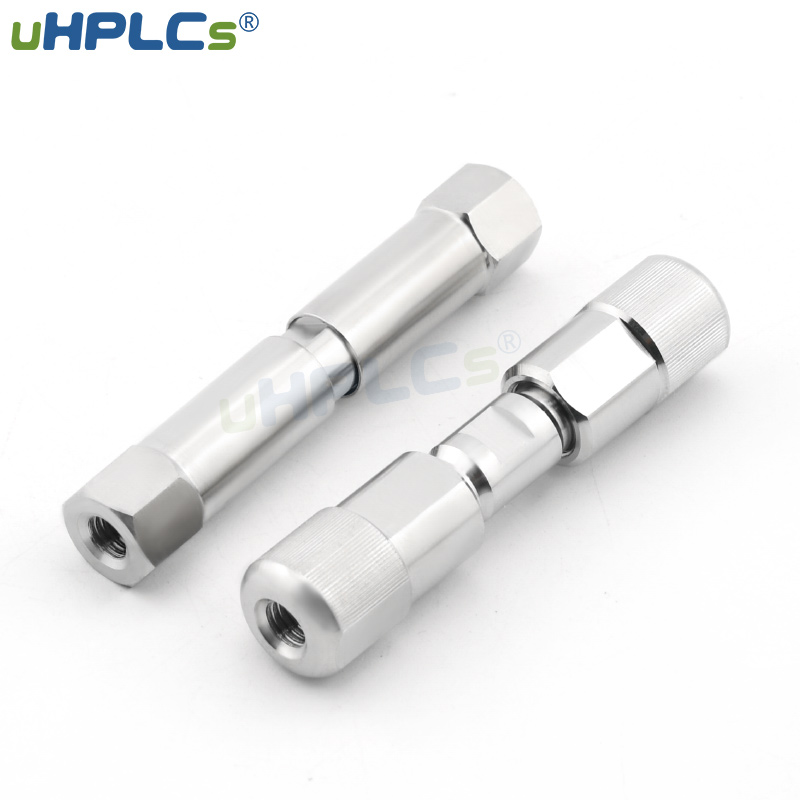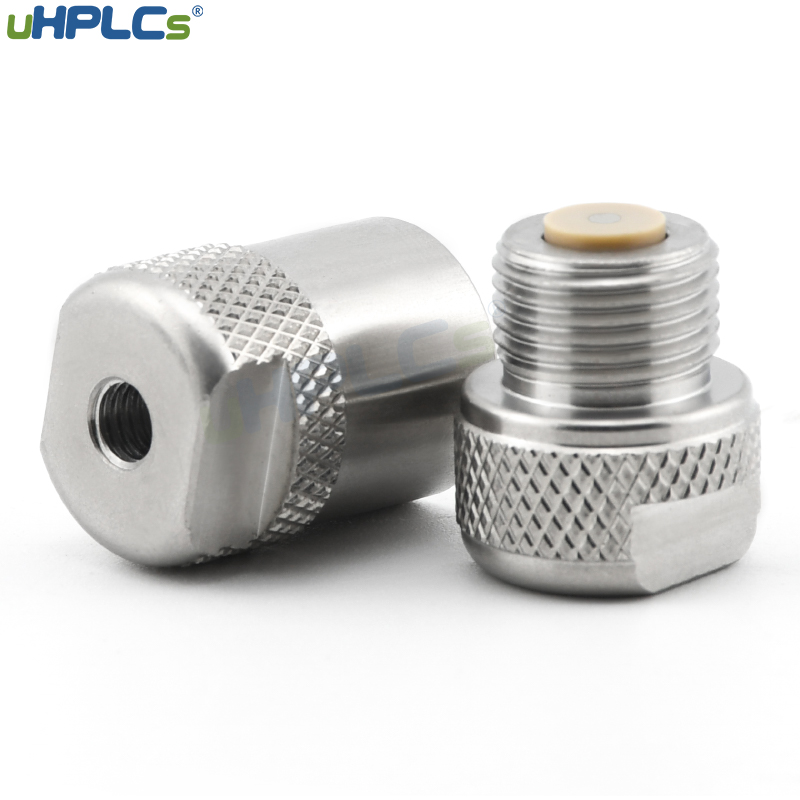As a liquid chromatography worker, your primary concern is to generate real experimental data that can be generally accepted and reproduced under the same conditions in any other laboratory. Even the most sophisticated tools will fail if globally accepted norms are ignored. System applicability is the key to generate valid data in chemical analysis.
Liquid chromatography is a widely used laboratory technique in pharmaceutical, food, forensic, polymer, life sciences and environmental research. Thousands of high performance liquid chromatographs work in r&d and quality control laboratories across the pharmaceutical industry worldwide, generating vast amounts of data every day that help develop safe and effective drugs. Before making decisions based on such data, it is critical that The HPLC SYETEM meet the requirements of system suitability.
What is HPLC system suitability? System suitability test is an important part of chromatographic analysis. They help us determine whether the detection sensitivity, resolution, and reproducibility are sufficient for the required analysis. The United States Pharmacopoeia (USP) is the authoritative source of bulk drug chromatography guidelines. USP Section 621 specifies that system suitability testing is an integral part of gas and liquid chromatography analysis. Based on this concept, the equipment, electronics, analytical operations, and samples to be analyzed constitute an overall system that can be evaluated. This means that no sample analysis will be accepted unless system suitability requirements are met.
There are many factors leading to the failure of system applicability in HPLC analysis, and Hplcs summarized the following points:
Automatic sampler – poor accuracy due to inability to accurately deliver samples and standards in set volumes.
HPLC Columns – Aging columns or clogged columns can degrade performance due to a decrease in the number of theoretical trays. There are a lot of aging liquid chromatographic column, there are also column pollution caused by shortening the service life of scrap problems.
Pump – a mobile phase that cannot provide a constant flow rate due to wear of the operating parts.
Mobile phase — Errors and incomplete degassing in preparation of specified mixtures.
Sample and reference preparation – Preparation is inaccurate or a solvent injector filter is not used prior to injection. Sample impurities and mobile phase impurities must be removed, otherwise entering the liquid phase system can cause many problems. Adding a protective guard column in front of the column can effectively prevent impurities from contaminating the column and causing the column collapse.
How often should system suitability tests be conducted? According to regulatory guidelines, system suitability should be consistent with the requirements of the entire chromatographic system, not just individual modules. Whenever major changes are made to equipment or critical reagent systems, suitability tests should be performed prior to sample injection. The sample analysis results obtained when the system fails have no significance to the requirements of system applicability.
System suitability must be performed prior to and throughout all regulated measurements. It is not sufficient to apply applicability tests at the beginning of a chromatographic run and assume that the system will operate normally during the run. The test mixture containing the main components and intended impurities can be injected at the beginning and dispersed during the test. In the face of system suitability failure, the analyst should stop analysis immediately. After the problem has been diagnosed and remedial action taken, the suitability test should be re-conducted. Analysis of actual samples should be resumed only after all system suitability criteria have been met, not just failed criteria.
Post time: May-27-2022







